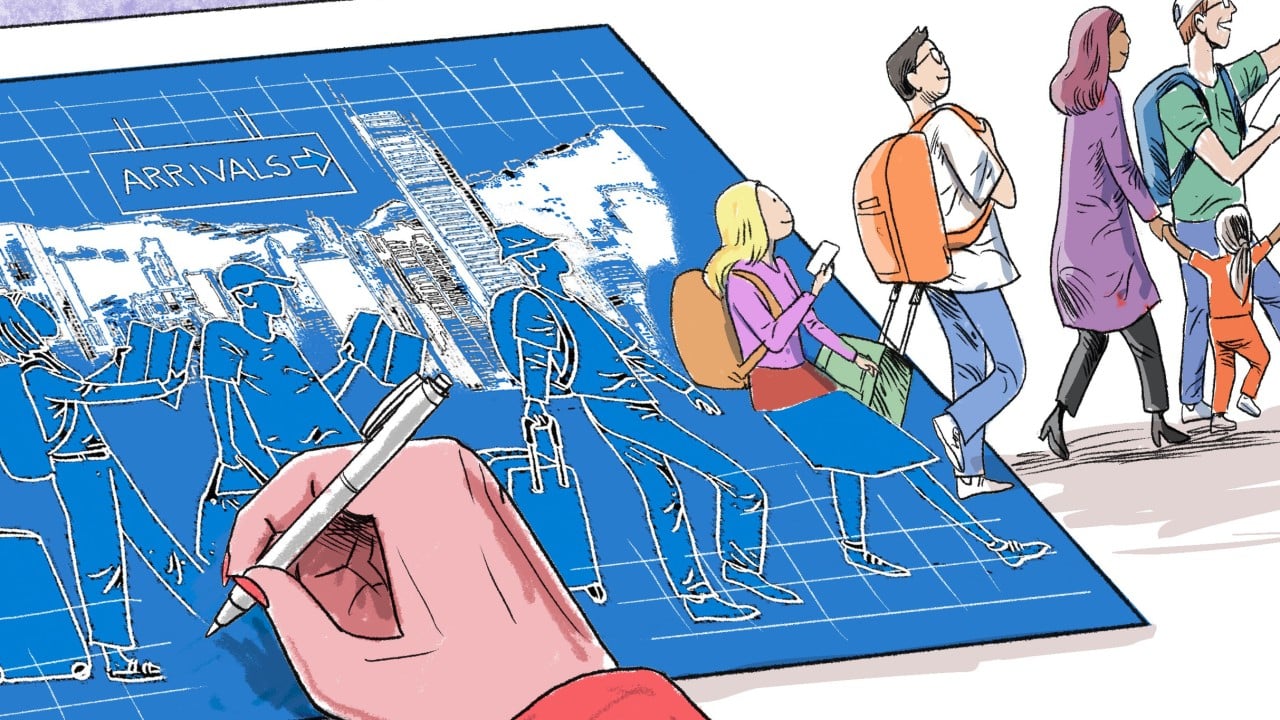As we enter 2025, Hong Kong’s tourism industry has embarked on a new phase of development. The Culture, Sports and Tourism Bureau unveiled a new blueprint for tourism development on December 30, setting out its vision and mission for the industry for the next five years.
Advertisement
The Development Blueprint for Hong Kong’s Tourism Industry 2.0 is not just a road map, but also a pragmatic and forward-looking action plan. It proposes four development strategies: one, nurture and develop tourism products and initiatives with local and international characteristics; two, develop a diversified portfolio of visitor source markets for Hong Kong, with a focus on attracting high value-added overnight visitors; three, promote smart tourism; and four, enhance the service quality and support of the tourism industry on all fronts, and cultivate talent.
Under these strategies, a total of 133 measures will be implemented to achieve the vision of consolidating Hong Kong’s position as a world-class tourism destination and the mission of realising the concept of “tourism is everywhere”. By advocating the healthy and sustainable development of tourism-related industries, these measures will further promote economic development through tourism.
The unwavering support from our motherland, including various measures benefiting Hong Kong in the past year such as the gifting of the two giant pandas and the resumption of multiple-entry permits for the residents of Shenzhen to travel to Hong Kong, to name just two, presents a significant opportunity for revitalising and advancing our tourism industry.
The government and the business sector will make the best use of these advantages to enhance our city’s appeal and foster sustainable growth.
Hong Kong has long been a popular tourist destination for visitors around the globe. In terms of visitors’ sources, we will continue to deepen and consolidate our core source markets while developing new source markets and segments such as Muslim visitors, and the silver-haired, family, study tour and youth markets, by examining their travel needs and preferences, and developing tailored itineraries and supporting facilities to upgrade their experience. This will inject new and sustainable development momentum into Hong Kong’s tourism industry.
Advertisement


